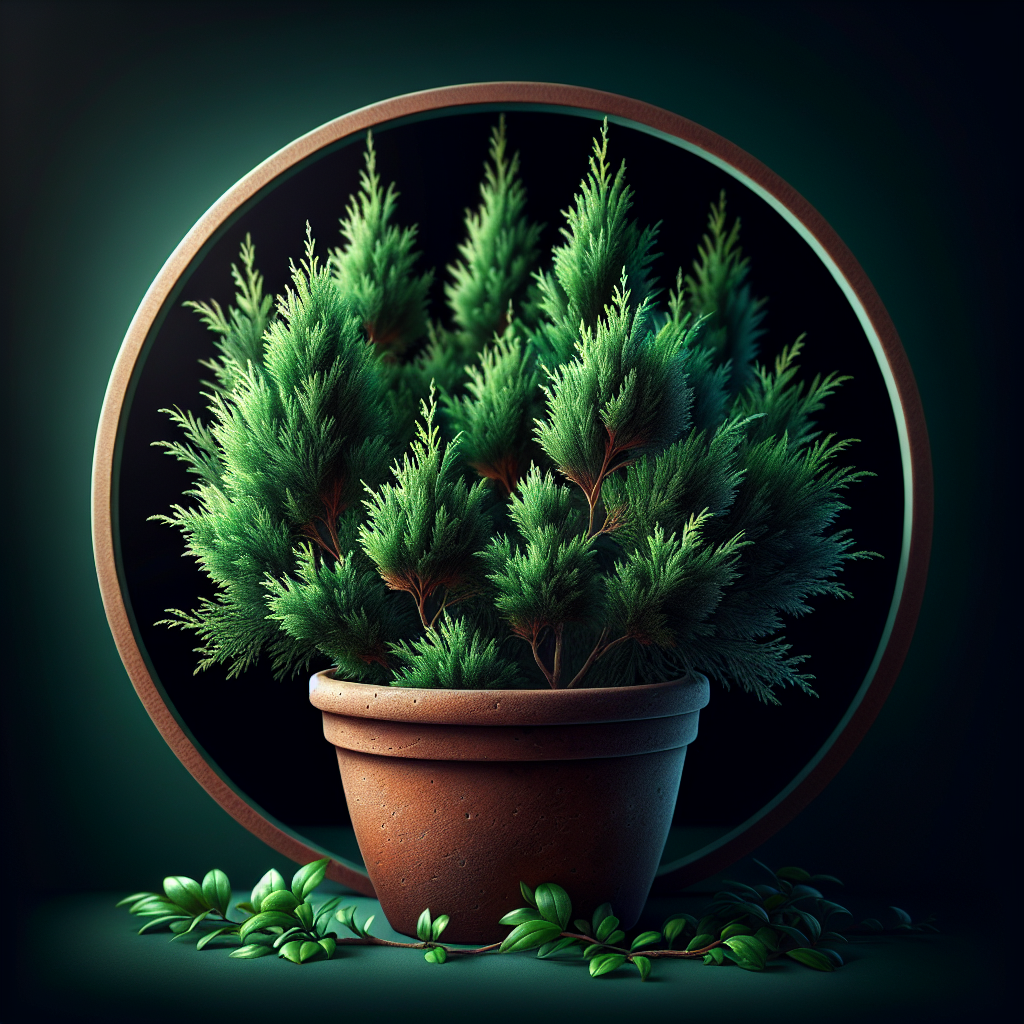Indoor plants can transform a dull living space into a vibrant and cozy environment. Not only do they add aesthetic appeal to your home, but they also have numerous health benefits, such as improving air quality and reducing stress levels. Juniper plants are a popular choice for indoor gardening due to their beautiful foliage, low maintenance requirements, and ability to thrive in pots.
Juniper plants are part of the Cypress family and are known for their striking green foliage and unique growth habits. They are evergreen shrubs or small trees that can be grown both indoors and outdoors. While junipers are commonly found in landscapes as ground cover or hedges, they can also be successfully cultivated in pots for indoor decoration purposes.
One of the main advantages of growing juniper plants in pots is that they can easily adapt to different growing conditions. This makes them ideal for apartment dwellers or those with limited outdoor space who still want to enjoy the beauty of gardening. Junipers require minimal care and attention, making them perfect for busy individuals or those new to gardening.
To successfully grow juniper plants in pots, there are a few key factors to consider. First and foremost, it is important to choose a suitable container that provides adequate drainage. Junipers do not like sitting in waterlogged soil, as this can lead to root rot and other issues. Select a pot with drainage holes at the bottom to ensure excess water can easily escape.
Next, choose a well-draining potting mix specifically formulated for cacti and succulents. Juniper plants prefer sandy, fast-draining soil that mimics their natural habitat. Avoid using heavy clay-based soils that retain moisture, as this can suffocate the roots and cause disease.
When planting juniper plants in pots, be sure to place them in a sunny location where they can receive at least six hours of direct sunlight each day. Junipers thrive in full sun but can tolerate some shade if needed. Rotate the pot occasionally to ensure even growth on all sides of the plant.
Watering is another crucial aspect of caring for juniper plants in pots. While these plants are drought-tolerant once established, they still need regular watering when grown indoors. Check the soil moisture level by inserting your finger into the soil up to your knuckle – if it feels dry, it’s time to water. Avoid overwatering junipers as this can lead to root rot; instead, allow the top inch of soil to dry out between waterings.
Fertilizing is generally not necessary for juniper plants grown in pots unless they show signs of nutrient deficiency such as yellowing leaves or stunted growth. If needed, use a balanced liquid fertilizer diluted to half strength once every two weeks during the growing season (spring through fall).
Pruning is essential for maintaining healthy and attractive juniper plants in pots. Remove any dead or damaged branches with sharp scissors or pruning shears as soon as you notice them. You can also shape your juniper by selectively pruning back new growth to encourage bushier growth patterns.
Pests and diseases are relatively rare on juniper plants but can still occur under certain conditions. Keep an eye out for common pests such as spider mites or aphids, which can be treated with insecticidal soap or neem oil spray. To prevent fungal diseases like powdery mildew or root rot, ensure proper air circulation around your plant and avoid overhead watering.
In conclusion, growing juniper plants in pots is an excellent way to bring greenery into your home while enjoying the beauty of these versatile evergreens year-round. With proper care and maintenance, you can create a lush indoor garden that will thrive for years to come.














